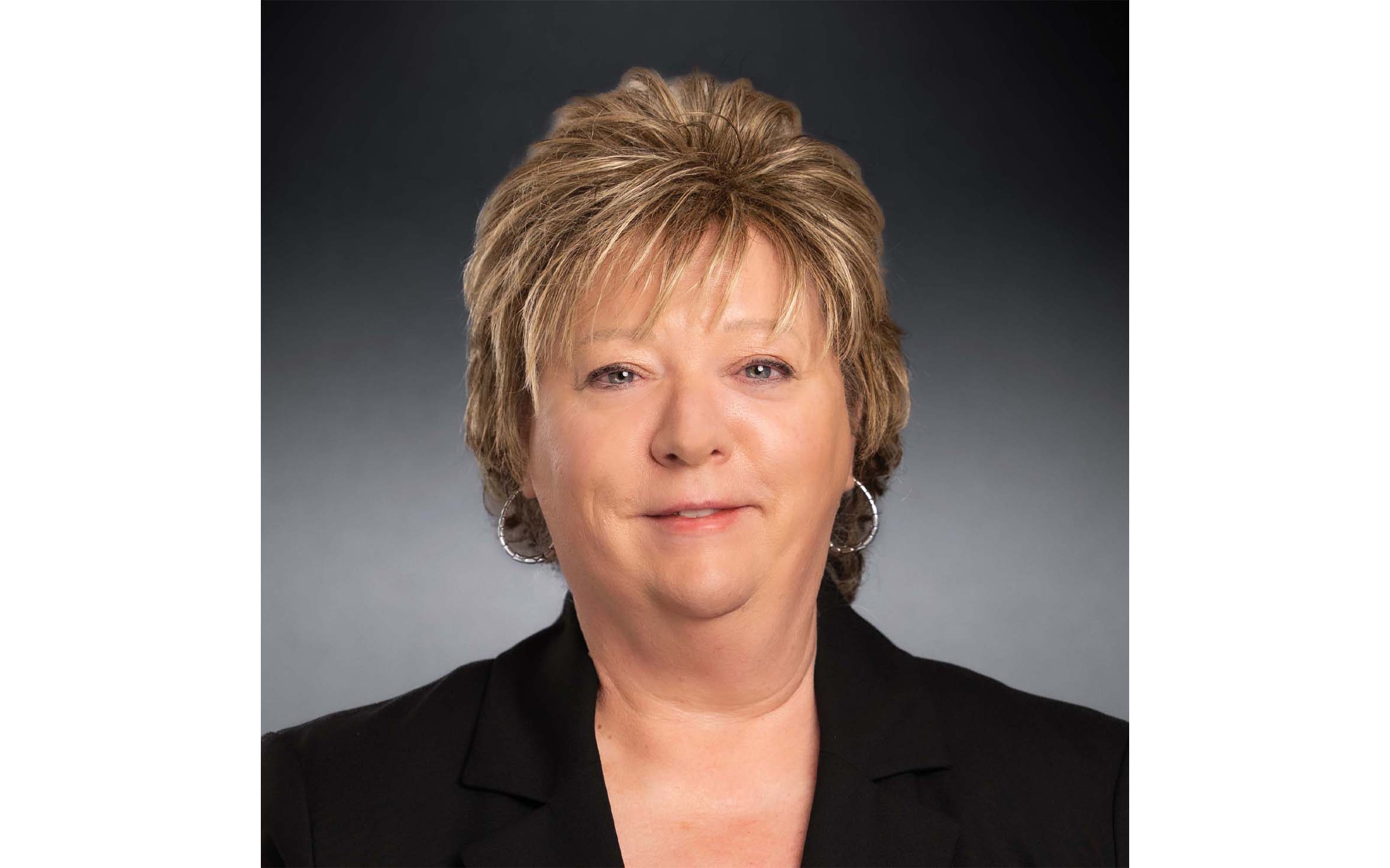Community banks have many capital needs, and as they grow, there can be strategic reasons to turn to the public markets. There are multiple ways to accomplish this task, and you need to engage in careful planning, seek expert advice and pay close attention to details to ensure the path you are taking is appropriate for your bank, especially given the added costs and complexities involved in offering shares to the public.
“You can’t take it lightly, and it truly has to be a thoughtful, methodical process to go through the pros and cons for each institution,” says Anne Arvia, principal at advisory firm Cornerstone Advisors.
With that in mind, here’s what to consider if your community bank is thinking about tapping public markets.
Take a thoughtful approach
You should start by mapping out strategic goals on a short-, medium- and long-term basis. This will help determine whether there are strategic imperatives that make tapping public markets the preferable path, Arvia says. For example, some banks may be able to accomplish their goals by listing shares on the over-the-counter (OTC) market, but for others, an initial public offering could serve the bank better. This decision will depend on various factors, including your long-term goals and size.
Your existing ownership structure and the owners’ plans are significant considerations in the case of a tightly held bank. If you have an 85-year-old chief executive who owns 25% of the bank and the heirs want no part of it, says Arvia, it’s a whole different conversation than if you have a group of younger owners willing to add capital as necessary.

You must also consider why your community bank needs capital and how much more you anticipate needing as it grows. If you are looking to make significant capital investments in the bank or acquire other community banks, other options, such as private equity, may be less ideal than tapping public markets.
You also have to consider the increased regulatory burden and costs associated with offering shares to the public, and, of course, the added public scrutiny that can come with having a larger investor base.
Don’t be in a hurry, says Shawn Davis, senior vice president and director at $1.7 billion-asset CNB Bank & Trust, N.A. in Carlinville, Ill., which has listed its shares on the over-the-counter market since September 2018. Davis recommends banks compile as much information and advice as they can from investment bankers, accountants, lawyers and other relevant professionals before making a decision. “It’s a strategic decision,” he says. “It’s not one-size-fits-all here.”
The over-the-counter option
Many community banks, especially smaller ones, opt to list their shares on the over-the-counter market, sometimes as a starting point for later listing on the New York Stock Exchange (NYSE) or Nasdaq. Being listed OTC doesn’t offer as much liquidity for a company’s shares as being on an exchange might, but it’s less expensive and doesn’t come with as many regulatory requirements. It’s important to note that it’s also a riskier option for that reason.
CNB Bank & Trust trades on the OTCQX, which is the top tier of the three marketplaces for the over-the-counter trading of stocks. The community bank decided to list OTC for liquidity purposes at the encouragement of a private equity investor, a move that has served the bank well in many ways, Davis says.
There are some additional expenses to being a publicly traded company, but the added liquidity balances that out, according to Davis. He adds that since the bank was already doing a fair amount of financial reporting and information gathering to meet its existing regulatory requirements, compiling the data into a different format wasn’t onerous.
Is Deregistration an Option for Publicly Listed Banks?
Sometimes banks that trade on an exchange decide they no longer want to deal with the additional regulatory requirements, costs and admin. It’s often a cost-benefit analysis, says Phillip Buffington, partner with law firm Balch & Bingham LLP in Birmingham, Miss.
He recently worked with one community bank that deregistered because it was costing more to be publicly traded on an exchange than the value it was giving them.
To be sure, there are challenges to being listed on an exchange, especially if the bank is experiencing performance challenges. It can be time-consuming and challenging for leadership and the board to manage shareholder expectations, says Anne Arvia, principal at Cornerstone Advisors. You have more wiggle room to make decisions around short-term profitability versus long-term goals when you’re a private bank.
Banks considering deregistration must carefully weigh the pros and cons of being listed against the greater cost and scrutiny they face from investors. In the case of the bank Buffington worked with, it had about a billion dollars in assets and had been registered for some time, but a new chief executive came in and didn’t see the value based on the cost. The bank now trades over the counter, Buffington says.
OTC vs. IPO
Bank of Eastern Oregon, an $840 million-asset bank in Heppner, Ore., listed shares over the counter more than two decades ago to create liquidity for private shareholders. About 25% to 30% of the shares are owned publicly and the rest is owned by employees, customers, friends and neighbors—which executive vice president and chief financial officer Mark Lemmon says is how the bank wants it.
Though being listed OTC means the community bank needs to check off additional regulatory points, there are fewer requirements than being on an exchange, Lemmon says. He estimates the community bank would need to generate two to three times more revenue than it currently does to absorb the extra costs of Securities and Exchange Commission regulation associated with an exchange listing. “We don’t need to add more complexity,” he says. “The burden is kind of overwhelming for somebody our size.”
Management also doesn’t want the shares to be owned by institutional investors who are going to push the bank to change its culture and set demands related to growth and profitability. “We do things that are right for the community as opposed to what’s right for a corporate structure,” explains Lemmon.
Offering shares OTC can also be a prudent move for community banks as a stepping stone to eventually trade on an SEC public exchange.
“You’re making incremental investments over time, and that is less of a big shock as opposed to going from one end of the spectrum to another,” says Alex Vari, chief accounting officer at $2.2 billion-asset MainStreet Bank in Fairfax, Va., which transitioned from trading over the counter to listing on Nasdaq in 2019.
Considerations for listing
Some community banks decide to list on the NYSE or Nasdaq due to rapid growth and a need for greater visibility, liquidity or capital than trading OTC can offer. Each exchange has specific listing requirements and prerequisites.
MainStreet’s holding company, for instance, had just over $1 billion of assets when it was listed as an SEC registrant. Vari says the community bank wanted to access a new realm of capital from investors, so moving from the OTC market to Nasdaq made sense.

The move also helped the bank gain attention from analysts, and it gained the potential to be included in a broad market index, which can further broaden the bank’s shareholder base and raise its profile with investors.
Of course, listing as an SEC registrant requires significantly more time and effort than being a private bank or listing OTC. Banks that trade as SEC registrants have more rigorous auditing standards, corporate governance requirements and additional legal work.
There are also listing fees and other exchange-related requirements, as well as the headaches associated with being more prominently in the public eye. “There’s a bigger audience,” says Cornerstone’s Arvia. “There’s more scrutiny, there are more voices in the room than with private capital.”
For MainStreet, listing on an exchange was part of a longer, strategic journey made easier by its growth trajectory. Crossing the $1 billion-asset mark meant it automatically had to contend with additional regulatory and compliance requirements based on its bigger size, so there was less work to get in shape for being an SEC registrant and listing on an exchange.
“If you’ve crossed that threshold, you’ve already had to up your regulatory game,” Vari says. “To go from that point to an SEC-regulated bank is less of a heavy lift.”
The price tag on listing
The costs that come with listing on an exchange depend on how much regulatory and audit function build-up each bank needs. Unless existing staff is experienced, banks should also expect to hire additional staff and rack up auditor, registration compliance and legal fees.
Community banks might expect to pay $250,000 annually to be listed on an exchange, give or take depending on the bank’s size and staffing, says Phillip Buffington, partner with law firm Balch & Bingham LLP in Birmingham, Miss.
Legal fees alone can be hefty. In its registration statement with the SEC, Chain Bridge Bancorp, the bank holding company for Chain Bridge Bank in McLean, Va., discussed some of the costs associated with being a public company.
The bank noted that it expected to incur additional legal expenses associated with becoming a public company of up to about $750,000 in the third quarter of 2024. These costs include additional personnel, legal, consulting, regulatory, insurance, accounting, investor relations and other expenses that the bank did not incur as a private company.
The incentives for listing
Even so, banks that list on an exchange often have express reasons for doing so. Chain Bridge, for example, completed an initial public offering in October, receiving net proceeds of about $33.6 million. The $1.6 billion‑asset banking company used a portion of the net proceeds to fully repay the $10 million outstanding principal balance on its unsecured line of credit with a correspondent bank, according to a press release.
Chain Bridge said it intends to use other proceeds primarily for general corporate purposes, which may include supporting continued organic deposit growth and funding potential strategic expansion.
CNB Bank & Trust is in the process of weighing its options. One advantage to listing on an exchange would be greater market visibility and marketability for its shares. It might, for instance, be eligible for inclusion in the Russell 3000 Index, which would mean mutual funds would be buying the stock, which would increase demand for shares and the price. “That’s a huge asset for your shareholders,” Davis says.
Though listing on an exchange remains a long-term goal for CNB Bank & Trust, it’s not ready to pull the trigger yet, in part due to the $500,000 initial expense and $250,000 ongoing annual expense it is expecting such a move to cost.
“All banks right now are fighting margin compression, and this is dead expense,” Davis says. Unlike the decision to add a new product line, “there is no top-line revenue with this,” he adds.
How to Prepare to Go Public
There’s no magic number for the size you need to be to list on an exchange, but many banks that take this step are already in the range of $10 billion or more, or have big growth aspirations, says Phillip Buffington, a partner at law firm Balch & Bingham LLP in Birmingham, Miss., who helps banks weigh these decisions.
For banks looking to grow substantially, there’s prestige to being publicly traded. If your goal is to be in the $1 billion to $5 billion level, maybe you don’t need to spend the money quite yet, he says. This, too, is a bank-by-bank decision, because some smaller banks do list on an exchange.
Before moving ahead, community banks need to think about everything that’s involved in being an exchange-registered company. This includes having the personnel in place to do internal accounting and ongoing reporting, as well as shareholder communications and proxy materials. There are also special requirements related to board size, internal compensation for directors and more. There’s significant advanced planning needed, a process that can take 18 months to two years, Buffington says. “There really is a lot of work involved.”
Alex Vari, chief accounting officer of MainStreet Bank in Fairfax, Va., suggests bankers lay out their anticipated timeline and communicate with the board, management auditors, regulators and other stakeholders before proceeding, so everyone has a clear understanding of where the bank is headed and how to get there. “Being methodical and thoughtful about the process will make the whole thing smoother,” he says.
Some community banks might decide it’s more than they bargained for and change course, he continues, and that’s OK too. “Going public is not going to be the right decision for every company.”






